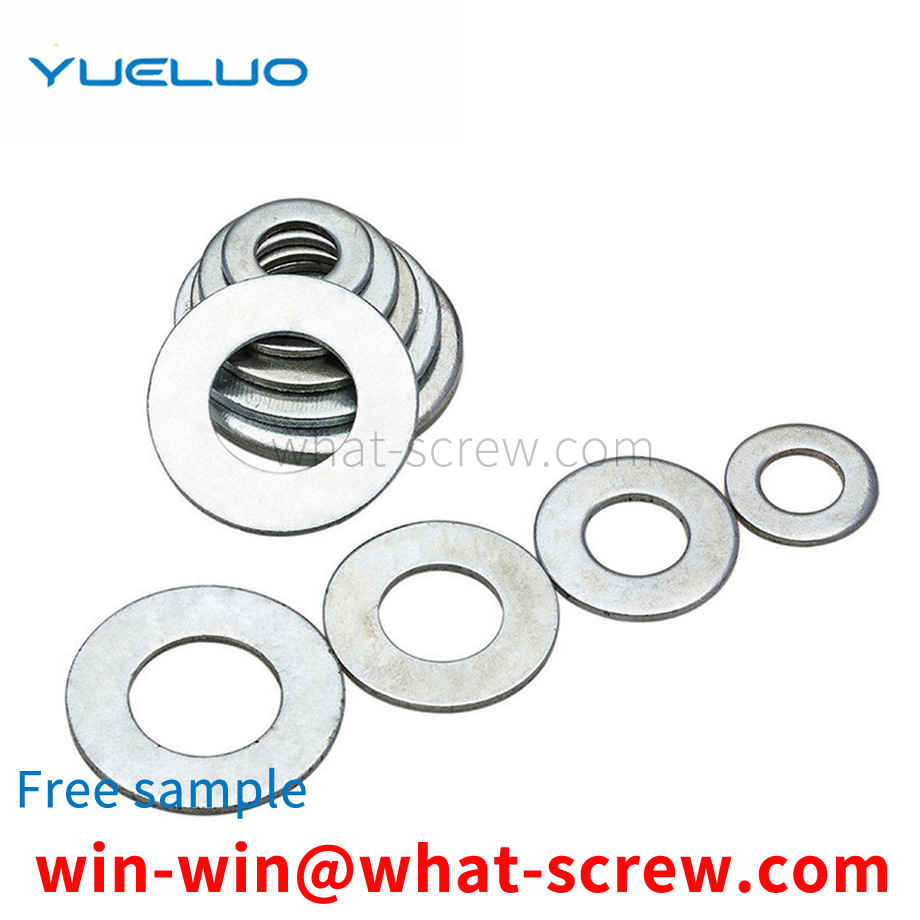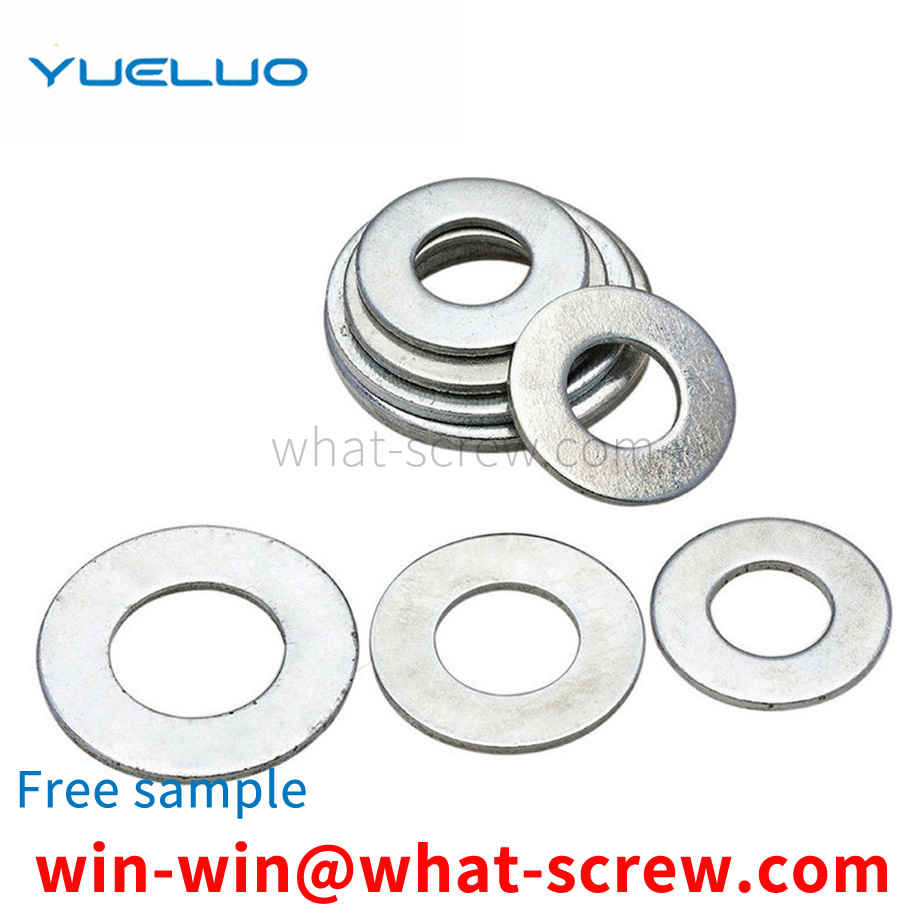Bolts are widely used in the machinery industry. Round head bolts are generally fixed in equipment parts, but during long-term use, due to external force or vibration of the equipment itself, the bolts are loosened, and the bolt heads have a long-term use process. A fatal disadvantage is that it is prone to slippage, which can cause major safety hazards and economic losses to users in severe cases.
As a standard part, it should have its own general specifications. For hexagonal nuts, the commonly used standards are: GB52, GB6170, GB6172 and DIN934. The main differences between them are: GB6170 is thicker than GB52, GB6172 and DIN934. Thick from DIN934, commonly known as thick nut. The other is the difference between the opposite sides, the opposite sides of DIN934, GB6170 and GB6172 in the M8 nut series are 13MM smaller than the opposite side 14MM of GB52, and the opposite sides of M10 nuts, DIN934 and GB52 are 17MM. The opposite side of GB6170 and GB6172 should be 1MM larger, M12 nut, DIN934, GB52's opposite side is 19MM larger than GB6170 and GB6172's opposite side 18MM is 1MM larger. For M14 nuts, the opposite side of DIN934 and GB52 is 22MM, which is 1MM larger than the opposite side of GB6170 and GB6172, which is 21MM. The other is the M22 nut. The opposite side of DIN934 and GB52 is 32MM, which is 2MM smaller than the opposite side of GB6170 and GB6172, which is 34MM. (Besides the thickness of GB6170 and GB6172 are the same, the width of the opposite side is exactly the same) The rest of the specifications can be used in general without considering the thickness.
The embedded nut is made of copper nuts made of various embossed wires (usually lead brass, such as H59, 3604, 3602). The embedded knurled copper nuts that we come into contact with on a daily basis are processed by precision automatic lathes. The reference standard for embedded knurled copper nuts comes from the national standard GB/T809. The main operation method of the anti-loose nut is to inject the embedded knurled copper nut. After heating, it is embedded into the plastic part or directly injected into the mold. If the mold is injection-molded, the melting point of PA/NYLOY/PET is above 200°C , After the embedded nut is hot melted into the plastic part, the temperature rises rapidly. After injection molding, the plastic body rapidly cools and crystallizes and becomes hard. If the embedded nut temperature is still at a high temperature, it may fall to the place where the copper nut contacts the plastic part. Start to loosen or crack. Therefore, copper nuts are used instead of carbon steel nuts in the injection molding of embedded nuts. There are two ways to form the external knurling of the embedded copper nut. One is to use copper raw material to draw the knurl and then to produce it on the upper equipment. Generally, the pattern of this method is straight, and the other is to use The round copper material is directly embossed while tapping during the production process. This processing method can produce some non-standard size knurled copper nuts. The embossed shape of the embedded copper nut can be selected by the user, such as mesh, Character embossing, herringbone embossing and other knurling patterns.
The bolt performance grade label consists of two parts of numbers, which represent the nominal tensile strength value and yield ratio of the bolt material respectively. For example: a bolt with a performance level of 4.6, its meaning is: 1. The nominal tensile strength of the bolt material is 400MPa; 2. The yield ratio of the bolt material is 0.6; 3. The nominal yield strength of the bolt material is 400×0.6=240MPa Grade 10.9 high-strength bolts, after heat treatment, can reach: 1. The nominal tensile strength of the bolt material reaches 1000MPa; 2. The yield ratio of the bolt material is 0.9; 3. The nominal yield strength of the bolt material reaches 1000×0.9=900MPa class
Rivet riveting has the advantages of simple process equipment, shock resistance, impact resistance, uniform force transmission, firmness and reliability, etc. The key parts of mining equipment such as skips, cages, dumpers, and mine trucks are all connected by rivet riveting. The quality of rivet riveting directly affects the product quality, working performance and service life of mining equipment. The number of rivets used in mining equipment is huge. Each mining equipment requires one hundred or hundreds of rivets, and they are used in mining equipment. The specifications of the rivets in the equipment are large, and the riveting process of hot riveting is mostly used. The riveting tools required are riveting machines and rivet molds.
We have many years of experience in the production and sales of screws, nuts, flat washers, etc. The main products are: iron galvanized screws, BS4190, trimmed external hexagon machine screws, and cushioned external hexagon screws and other products, we can provide you with suitable products for you. Fastener Solutions.



















 Service Hotline
Service Hotline




